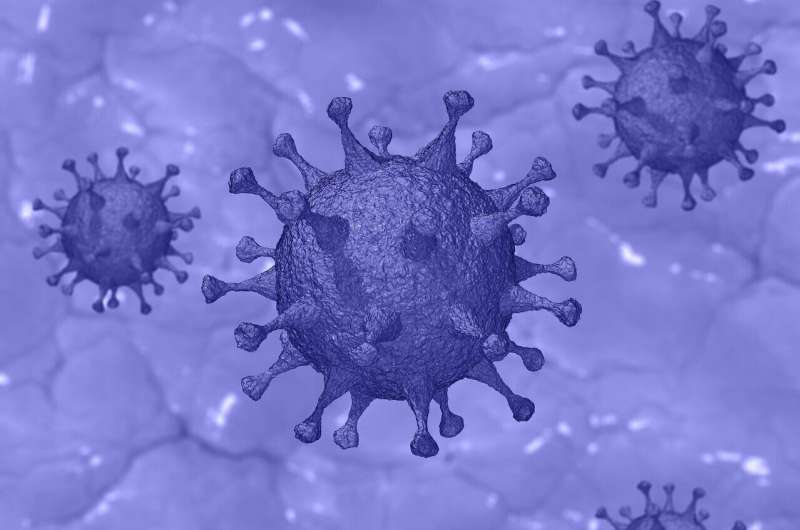Surgical guidance in the time of COVID-19

Professor Björn Brücher is a cancer surgeon/scientist and the Editor in Chief of the EDP Sciences journal 4open. With 34 colleagues from around the world, he has created a clear guidance document for surgeons and clinicians working in the time of COVID-19, whether they are in a large state-of-the art hospital or a small clinic in a developing country. The guidance was produced by collaborators who have come together in a totally unique and rapid fashion to ensure clear guidance is available for those working in these unprecedented conditions.The group shared a common vision, that the guidance be truly open access and available to all. Here Professor Brücher explains how and why the guidance was created, and what the next steps will be.
What was the reason for producing this guidance—why are different guidelines needed for surgery at this time?
Some societies produced many documents during the COVID-19 crisis, and some did not. We were receiving more and more messages stating that surgeons need much simpler and more practical guidance, with one document that underlines the key evidence. First, we observed and scrutinized the available documents and none of us were happy with them. Guidance has to be based on scientific evidence, but also needs to be very simple to make it comprehensible and practical. Our aim was to help surgeons worldwide, whether they are working in the UK, Spain or in a small village in a developing country.
What is the overall aim of the new guidance?
The new, compact Pandemic Surgery Guidance aims to serve as a practical guide during the exponential spread of COVID-19 throughout the world, and potentially as a base for guidance in future pathogen crises yet to come.
How have decisions around guidance been made given the short span of time in which evidence is being gathered?
We used new methods. For communication we used a social media channel to exchange ideas much more quickly around the globe. And we concentrated on the creation of the guidance as a short simple figure—the data and changes and modifications were done extremely quickly.
To achieve this, we invited many scientists to work with us and at first some wanted to work in the usual way—sending out the guidance document for discussion. Our argument was that in this case the usual way would be too slow. Therefore we made it a prerequisite that scientists accept our unconventional approach, and many scientists and surgeons from Australia, Austria, Brazil, Ecuador, Germany, Guatemala, Iran, Israel, Italy, Philippines, Poland, Portugal, Spain, Turkey and the United States agreed. Those who did not agree and/or answered too late, were excluded. The results show that our approach was the right one: transparent but unbureaucratic.
What is the main guidance for clinicians versus patients? Patients will be undergoing different treatment protocols and testing, will clinicians also be tested?
The creation of interdisciplinary practical surgical guidance for hospitals worldwide was rapidly generated. As we stated within the guidance, patients, physicians, nurses, and non-medical health care workers need to be tested in hospitals—otherwise additional catastrophes occur, as we already experienced in Spain, Italy, Germany and many other countries. Our full suggestions are included within the guidance.
How do you plan on distributing the guideline information, and how can people access it?
Its acceptance is up to surgeons and surgical societies. We received and still receive plenty of messages from teaching hospitals, universities, and small hospitals from around the world, and each states that they are thankful they now have practical guidance, which was previously missing.
Any document such as this, during a situation like COVID-19, needs to be openaccess. I cannot understand how some publishers and societies demand that readers need to register etc., at least to us, this is not acceptable.
Will the guidance be regularly updated? Will these updates be based on research you are doing regarding outcomes of current treatment guidance?
Sure, as science is in flux. It is our duty to adapt, modify or change if additional scientific data emerges. We have already analyzed the most recent testing data from a German teaching hospital which underwent shutdown and quarantine. As this is of importance for all local German colleagues, the first paper will be in German and will be released through a different channel, to which German colleagues have access. Another paper, in English, will follow afterwards, but for now, we do not have a time frame.
More information: Björn L.D.M. Brücher et al. COVID-19: Pandemic surgery guidance, 4open (2020). DOI: 10.1051/fopen/2020002
















